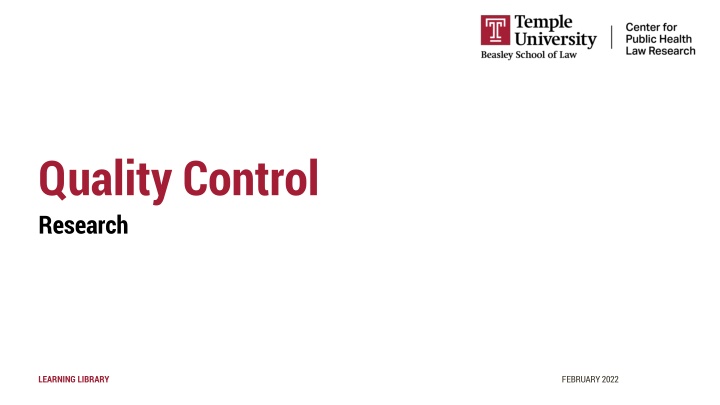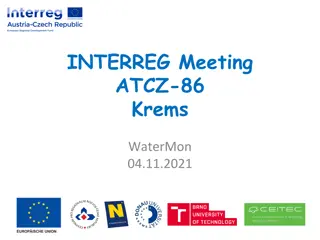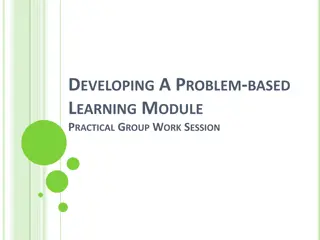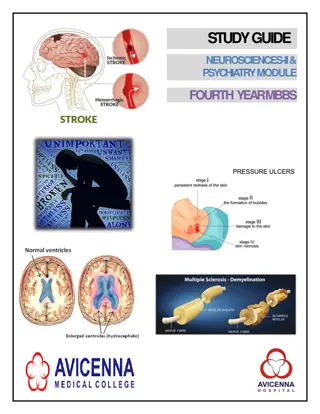
Effective Quality Control Research Methods and Objectives for Legal Studies
Explore the comprehensive process of quality control research in legal studies, focusing on redundant research practices, learning objectives, checking original research, defining redundant research, goals, and steps involved. Understand how to ensure accuracy and reliability in legal research through systematic procedures and thorough verification processes.
Download Presentation

Please find below an Image/Link to download the presentation.
The content on the website is provided AS IS for your information and personal use only. It may not be sold, licensed, or shared on other websites without obtaining consent from the author. If you encounter any issues during the download, it is possible that the publisher has removed the file from their server.
You are allowed to download the files provided on this website for personal or commercial use, subject to the condition that they are used lawfully. All files are the property of their respective owners.
The content on the website is provided AS IS for your information and personal use only. It may not be sold, licensed, or shared on other websites without obtaining consent from the author.
E N D
Presentation Transcript
Quality Control Research LEARNING LIBRARY FEBRUARY 2022
Learning objectives Learn how to check original research Define redundant research Learn the goals of redundant research Learn the steps in redundant research 1. Assigning redundant research 2. Two researchers complete research for five jurisdictions each 3. Supervisor compares and reviews citations of relevant laws 4. Resolve divergences 2
Checking original research As statutes, regulations, or other sources of law are being researched, the supervisor must review the laws for each jurisdiction Specifically, the supervisor should: Conduct spot checks in a legal search engine to ensure that the researcher collected all relevant laws Compare collected laws to an unencumbered source of law to ensure that they have been properly transcribed Verify that Master Sheets have effective dates and statutory history recorded for each law 3
Defining redundant research Redundant research consists of two researchers independently identifying and recording citations of relevant laws in one jurisdiction The supervisor reviews and compares the redundant research to identify whether the researchers diverged on collected laws 100% of jurisdictions are redundantly researched until the rate of divergence goes below 5%, then 20% of jurisdictions are redundantly researched 4
Goals of redundant research Develop and refine a research strategy Establish set of search terms Identify secondary sources to verify research Identify chapters in the law that should be checked E.g., for a project on distracted driving, chapters on motor vehicles should be checked Identify errors in original research Ensure all relevant law is identified Laws can be included or excluded based on scope 5
Steps in redundant research 1 Assigning redundant research 2 Two researchers complete research for five jurisdictions each 3 Supervisor compares and reviews citations of relevant laws 4 Resolve divergences
1. Assigning redundant research The supervisor assigns 100% redundant research for the first 10 jurisdictions When the rate of divergence goes below 5%, the supervisor assigns 20% redundant research The supervisor may assign additional redundant research as needed 7
Calculating the rate of divergence In order to determine the rate of divergence, the supervisor should add the total number of laws that were collected by both researchers (X) for a batch of jurisdictions, and divide it by the total number of laws collected for a batch of jurisdictions (Y) Rate of divergence = X/Y For example, if the researchers collected the same 96 laws for 10 jurisdictions, and both researchers collected a total of 100 laws for those 10 jurisdictions (4 unique laws collected by one researcher and not the other), the rate of divergence is 4/100, or 4% 8
2. Two researchers complete research for five jurisdictions each R1 divergences Record citations Researcher 1 Identical laws Record citations Researcher 2 R2 divergences
3. Supervisor compares and reviews citations of relevant laws RESEARCHER 1 CITATIONS RESEARCHER 2 CITATIONS Ala. Code 32-5A-350 Definitions; prohibited activities; fines; exceptions Act 2012-291, p. 585, 1 Effective August 1, 2012 Ala. Code 32-5A-350 Definitions; prohibited activities; fines; exceptions Act 2012-291, p. 585, 1 Effective August 1, 2012 Ala. Code 32-5A-351 Violations Act 2012-291, p. 585, 2 Effective August 1, 2012 Ala. Code 32-5A-351 Violations Act 2012-291, p. 585, 2 Effective August 1, 2012 Ala. Code 32-6-7.2 Restrictions on issuance to persons under 18 years of age Act 2010-735, p. 1850, 1, 2 Effective July 1, 2010 Ala. Code 32-6-18. Penalties -- Violations in general; disposition of funds. Act 98-671, p. 1475, 1 Effective May 6, 1998 Ala. Code 32-6-18. Penalties -- Violations in general; disposition of funds. Act 98-671, p. 1475, 1 Effective May 6, 1998
4. Resolving divergences Team discusses divergences Determine reason for divergence Researcher made an error If the error was due to the topic having an unusual legal structure, revise the protocol to explain this structure. If the researcher is frequently missing laws, retrain Search strategy is incomplete or unclear Revise search strategy to include more detail Resolve the error by including or excluding relevant law 11
Overview of the redundant research process R1 divergences Record citations Researcher 1 Citations of all relevant laws are captured Identical laws Supervisor compares and reviews citations Record citations R2 divergences Researcher 2
Summary Redundant research consists of two researchers independently identifying and recording citations of relevant laws in one jurisdiction The goals of redundant research are to: Develop and refine a research strategy Identify errors in original research Ensure all relevant law is identified The steps used in redundant research are as follows: 1. Assigning redundant research 2. Two researchers complete research for five jurisdictions each 3. Supervisor compares and reviews citations of relevant laws 4. Resolve divergences 13






















